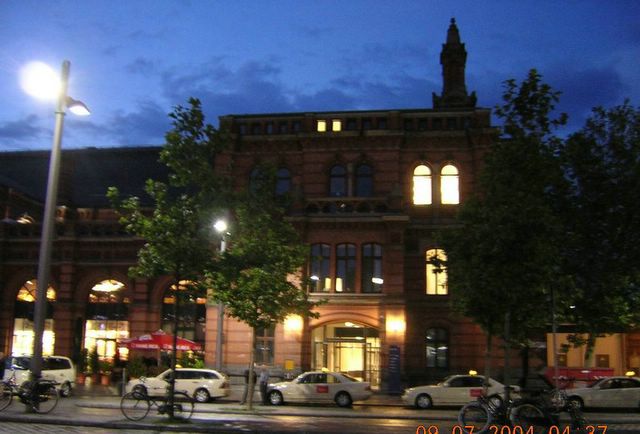Penang Hokkien!!

Penang State Mosque
~ this shot was taken while I was in my dad's car on Wesak Day~
Penang Hokkien!! Be proud of our mother tongue..
The Hokkien Chinese dialect as it is spoken on Penang Island is an "oral" language. Chinese language newspapers there are written in Mandarin. There are few English-Hokkien references available which would facilitate the understanding or learning of the Hokkien Dialect. The only and most authoritative account available is a two volume Spoken Amoy Hokkien (Bodman, 1955, 1958) which appears to be intended for use by British military officers.
The Hokkien Chinese dialect as it is spoken in Penang and upon the Jetty is differs from the Hokkien dialects found in Singapore, Taiwan and the province of China in which Amoy is situated. It is expected that there are a number of loan words, loss of formal spoken styles, refined vocabulary, idioms and colloquialisms of the parent language and the presence of neologisms that are not borrowings from Malay or English. This dialectal variation is significant in understanding the restructuring that a local language goes through, and significant dialectal differences in the replacement of basic terms, form of grammatical construction and sound shifts can be demonstrated even between sister communities of Hokkien Chinese within Malaysia.
This patterning must be understood against a complex sociolinguistic background of Penang that is characterized by the presence of multiple overlapping languages and communities of partially fused (limited competence) multilingual speakers. The language landscape of Penang is represented by formal British English, informal "Penanglish," Mandarin, Hokkien Chinese, Tamil, Hindi, Bahasa Malaysia and Pasar Malay, Cantonese, Teow Chiew Chinese, Kek, Hakka, Hok Chiew and other Chinese languages.
The Hokkien Chinese dialect as it is spoken in Penang and upon the Jetty is differs from the Hokkien dialects found in Singapore, Taiwan and the province of China in which Amoy is situated. It is expected that there are a number of loan words, loss of formal spoken styles, refined vocabulary, idioms and colloquialisms of the parent language and the presence of neologisms that are not borrowings from Malay or English. This dialectal variation is significant in understanding the restructuring that a local language goes through, and significant dialectal differences in the replacement of basic terms, form of grammatical construction and sound shifts can be demonstrated even between sister communities of Hokkien Chinese within Malaysia.
This patterning must be understood against a complex sociolinguistic background of Penang that is characterized by the presence of multiple overlapping languages and communities of partially fused (limited competence) multilingual speakers. The language landscape of Penang is represented by formal British English, informal "Penanglish," Mandarin, Hokkien Chinese, Tamil, Hindi, Bahasa Malaysia and Pasar Malay, Cantonese, Teow Chiew Chinese, Kek, Hakka, Hok Chiew and other Chinese languages.
Wanna learn Penang Hokkien the Professional Way???
Check this out!!!
Check this out!!!



2.jpg)






1 Comments:
Been in Penang for a few years now and I am still learning how to speak a decent conversation in Hokkien. Maybe this will help. ;p
Post a Comment
<< Home